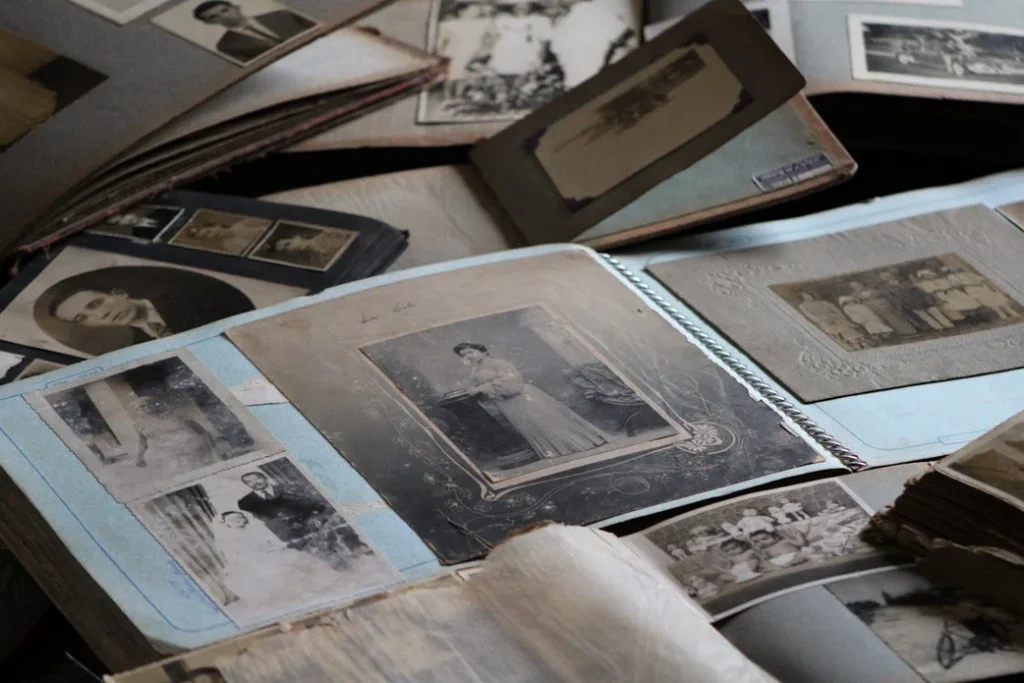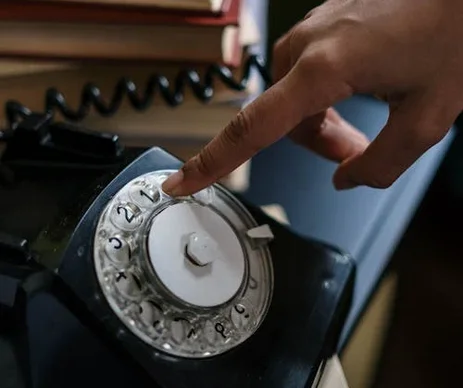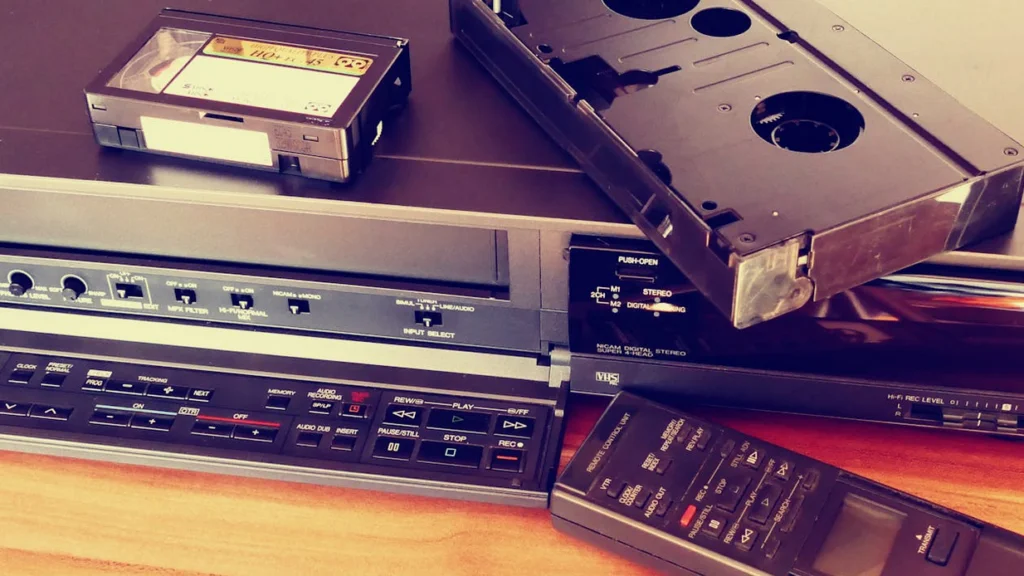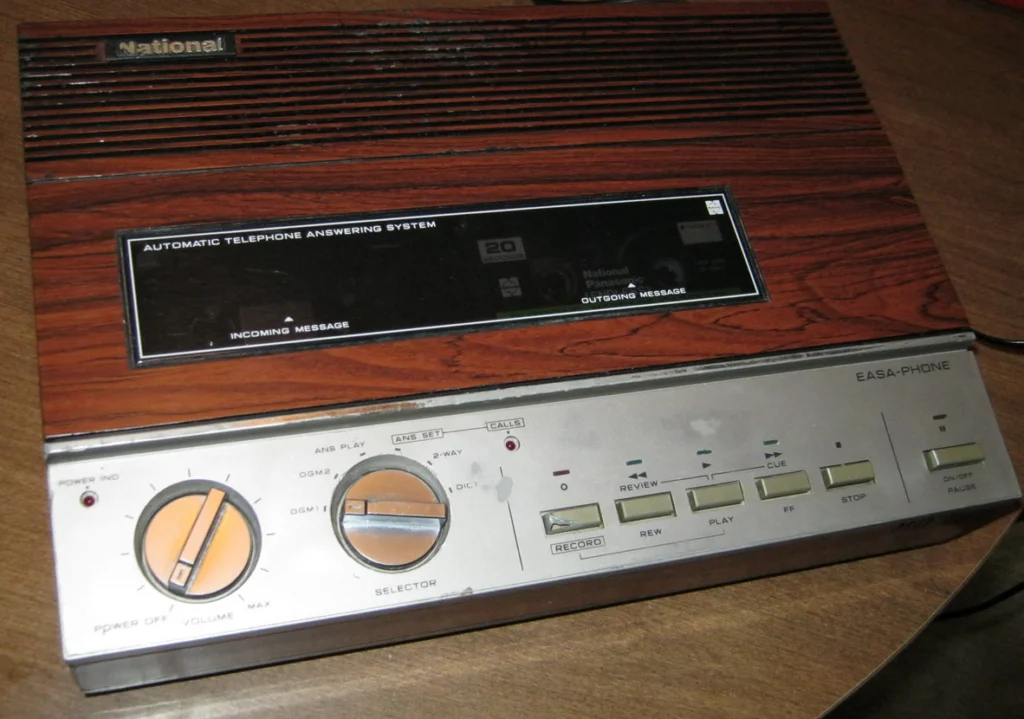The generational divide has never felt wider than in today’s rapidly evolving digital world. Baby Boomers—born between 1946 and 1964—grew up in an era of rotary phones, paper maps, and encyclopedia sets, developing habits that served them well for decades. But as millennials and Gen Z navigate a landscape of smartphones, digital payment apps, and on-demand everything, many once-common Boomer practices now seem as antiquated as a telegraph. Here’s a look at everyday Boomer habits that leave younger folks scratching their heads in genuine bewilderment.
1. Reading the Physical Newspaper Daily

The morning ritual of enjoying coffee while reading a print newspaper represents a cornerstone habit for many Boomers who value the comprehensive, editor-curated approach to news consumption. Unfolding those wide pages at the breakfast table, leaving newsprint on their fingertips, and methodically working through sections from front-page headlines to the crossword puzzle provides a structured, focused information experience. Many Boomers express that reading physical newspapers helps them feel more informed about their community and the world than scrolling through digital headlines. The Atlantic writes fondly of the inherent joys of reading a physical newspaper that digital media just cannot capture.
Younger generations, accustomed to 24/7 news alerts and algorithmically-selected stories tailored to their interests, often find traditional newspapers inefficient and environmentally wasteful. The idea of waiting until morning for yesterday’s news or being limited to whatever stories editors selected feels unnecessarily restrictive to those raised with constant access to multiple news sources. This divide represents not just different media consumption habits but fundamentally different philosophies about how information should be organized, prioritized, and consumed in daily life.
2. Calling Businesses for Information

When curious about a store’s hours, menu options, or availability of a specific product, many Boomers reach for the phone and call the business directly. This person-to-person approach feels natural to a generation that grew up making calls for even the smallest inquiries and values the certainty of a direct response. For millennials and Gen Z, the thought of having an actual conversation with a stranger to obtain basic information that could be found online in seconds feels unnecessarily anxiety-inducing. UENI traces the end of yellow pages in the wake of search engines becoming mainstream.
Younger generations typically check websites, apps, or Google listings before ever considering a phone call, viewing calls as a last resort when digital channels fail. The generational difference becomes particularly apparent when planning group activities—Boomers might suggest “I’ll just call and ask” while their younger counterparts simultaneously pull up all the information on their phones, including reviews, photos, and peak busyness times. This digital-first versus verbal-first information-gathering approach highlights fundamentally different comfort zones established during formative years.
3. Writing Checks at the Grocery Store

The sight of someone pulling out a checkbook at the register can cause visible distress among younger shoppers accustomed to the tap-and-go speed of digital payments. For many Boomers, balancing a checkbook and writing checks for everyday purchases remains a tangible, trusted method of tracking expenses that provides a sense of financial control. The methodical process of writing the amount, signing the check, and recording the transaction in the register represents a financial ritual that younger generations have never experienced in their adult lives. Teaching these and other related skills, argues The Week, could prove life-saving to generations.
Millennials and Gen Z, who largely view checks as artifacts from another era, typically handle finances through banking apps that categorize purchases automatically and send instant notifications. The time spent watching someone write a check, wait for ID verification, and manually enter information feels excruciating to generations raised with the expectation that transactions should take seconds, not minutes. This payment divide creates a small but noticeable tension in checkout lines across America, where efficiency expectations clash with long-established financial habits.
4. Maintaining Extensive Physical Photo Albums

Boomers often dedicate significant home storage space to preserving decades of carefully organized photo albums, each picture developed from film and thoughtfully arranged in chronological order. These tangible memory collections—often decorated with stickers, handwritten captions, and ticket stubs—represent substantial investments of time and money during an era when each photograph was precious and limited by the number of exposures on a roll. The ritual of getting film developed, selecting the best prints, and manually arranging them speaks to a generation that values permanence and physical mementos.
Younger generations, who might take hundreds of photos in a single day, generally maintain their visual histories entirely digitally, rarely printing images except for special occasions. The concept of waiting days to see your photos, paying for prints of even the poorly-framed shots, or being limited to 24 exposures per event feels restrictively antiquated to digital natives. While millennials and Gen Z might admire the vintage aesthetic of older photo albums, the practice of maintaining physical collections rather than cloud-based ones appears unnecessarily cumbersome and space-consuming.
5. Printing Directions Before a Trip

Before hitting the road, many Boomers still print out detailed MapQuest or Google Maps directions, complete with highlighted routes and handwritten notes in the margins. This ritual of planning transportation—printing multiple pages and keeping them in a special folder or on the passenger seat—strikes younger generations as unnecessarily complicated and wasteful. The idea of not having real-time traffic updates, detour suggestions, or the ability to search for nearby restaurants seems almost incomprehensible to digital natives.
The printed directions habit stems from an era when getting lost meant finding a gas station to ask for help or unfolding an unwieldy paper map. Many Boomers maintain this practice even while owning smartphones, citing battery concerns or distrust of cellular coverage as their justification. Meanwhile, younger drivers simply plug their destination into their phone’s GPS, follow the turn-by-turn directions, and handle unexpected detours with a quick app consultation—never experiencing the particular anxiety of missing a critical turn with no backup plan.
6. Memorizing Phone Numbers

Boomers often pride themselves on maintaining an impressive mental repository of important phone numbers—reciting from memory the contact information for family members, close friends, and frequently called businesses. This ability stems from decades of manually dialing numbers on rotary or touch-tone phones without the luxury of digital contact lists or speed dial. The practice of committing phone numbers to memory became an essential life skill for a generation that needed to reach others from pay phones, hotel rooms, or while borrowing someone else’s landline.
Younger generations, with their contacts seamlessly synced across multiple devices, rarely encounter situations requiring memorized numbers beyond perhaps their own and their parents’. The suggestion that one should intentionally memorize phone numbers rather than simply storing them digitally seems as outdated as memorizing postal routes or telegraph codes. This shift represents more than just technological convenience—it reflects a fundamental change in how human memory allocates space when external digital storage becomes effectively limitless.
7. Showing Up Unannounced

The practice of dropping by someone’s home without warning—just to say hello or catch up—remains perfectly acceptable social behavior among many Boomers who grew up when spontaneous visiting was a common expression of friendship and community connection. This generation often recalls neighborhoods where doors remained unlocked and visitors were welcomed with casual hospitality, no prior coordination required. For many Boomers, the spontaneous visit represents a more authentic, less scheduled approach to maintaining relationships than today’s calendar-driven social interactions.
To younger generations raised with text messages, calendar apps, and established digital protocols for engaging with others’ time and space, the unannounced visit feels somewhere between inconsiderate and anxiety-inducing. Millennials and Gen Z typically view proper advance notice as a fundamental sign of respect, allowing the host to prepare mentally and physically for social interaction. This stark difference in approach to casual socialization reveals how technology has not just changed communication methods but reshaped expectations around personal boundaries, time management, and social courtesy.
8. Maintaining Extensive Physical Media Collections

Many Boomer households proudly display carefully curated shelves of DVDs, CDs, vinyl records, and sometimes even VHS tapes—physical media collections representing decades of entertainment preferences and significant financial investment. These tangible libraries serve multiple purposes: showcasing personal taste, providing reliable access regardless of internet connectivity, and offering the satisfaction of ownership in a way that digital subscriptions cannot. The act of browsing one’s own collection, handling album covers or movie cases, and making a deliberate selection creates a different relationship with entertainment than scrolling through streaming options.
Younger generations, accustomed to streaming services providing instant access to virtually unlimited content, often view physical media collections as unnecessary clutter occupying valuable living space. The idea of paying for individual movies or albums rather than accessing comprehensive libraries through subscription services strikes many younger consumers as financially inefficient and environmentally questionable. This divide highlights different values regarding ownership versus access, with Boomers generally preferring to permanently possess fewer titles while younger generations prioritize temporary access to more extensive options.
9. Using Physical Address Books

Meticulously maintained address books—often leather-bound with alphabetized tabs—contain handwritten contact information for everyone from close family to occasional acquaintances in many Boomer households. These physical directories, frequently containing crossed-out and updated information as people moved or changed phone numbers, represent a tangible social network built over decades. Many Boomers take particular pride in their address books, sometimes transferring information to newer volumes when pages become too crowded with revisions or annotations about relationships and connections.
The concept of manually recording contact information on paper—rather than letting digital contacts automatically update across devices—seems unnecessarily laborious to younger generations raised with synchronized cloud-based solutions. The vulnerability of physical address books to loss, damage, or simply being left at home when needed elsewhere represents an avoidable risk to digital natives. This difference highlights contrasting approaches to information management—Boomers often trusting what they can physically control while younger generations trust systems designed to eliminate human error and provide universal accessibility.
10. Relying on Traditional Banking Hours

Many Boomers still structure their financial activities around conventional banking hours, planning specific trips to physical branch locations to deposit checks, withdraw cash, or discuss account options with familiar tellers they know by name. This in-person approach to banking, which values face-to-face relationships and physical transaction records, provides a sense of security and personal connection that many in older generations find reassuring. For Boomers who grew up when banking relationships were built on handshakes and personal recognition, digital banking can feel impersonal and potentially untrustworthy.
Younger generations, accustomed to 24/7 banking access through apps and websites, often find the concept of planning errands around bank operating hours utterly foreign to their experience. The idea that financial activities should be restricted to specific hours or require physical presence seems as outdated as telegraph offices or milk delivery to digital natives who handle everything from check deposits to loan applications through their smartphones. This divide reveals different expectations about service accessibility, with younger consumers assuming that essential financial functions should be available instantly regardless of time or location.
11. Leaving Voicemails With Detailed Messages

When calls go unanswered, many Boomers leave comprehensive voicemails explaining their reason for calling, providing background context, and sometimes even addressing multiple topics in a single lengthy message. This communication approach stems from an era when phone calls were relatively expensive and each contact opportunity needed to be maximized for efficiency and completeness. The detailed voicemail represents thoughtful communication to Boomers, who often expect recipients to listen fully and perhaps even take notes before returning their call.
Younger generations typically view voicemail as an outdated medium, preferring text-based communication that can be processed at the recipient’s convenience and responded to with appropriate consideration. The expectation that someone would listen to a multi-minute message rather than seeing a brief text explanation strikes many younger people as unnecessarily time-consuming and inefficient. This communication preference highlights fundamentally different assumptions about information exchange—with Boomers often preferring the nuance of voice communication while younger generations prioritize the efficiency and control of text.
12. Maintaining Extensive Recipe Card Collections

Handwritten recipe cards—often yellowed with age and splattered with ingredients from decades of use—fill specialized boxes or binders in many Boomer kitchens, representing culinary traditions passed through generations. These personal collections, frequently containing modifications, notes about family preferences, and recipes exchanged with friends, create an irreplaceable cooking resource that many Boomers consult weekly. The physical recipe card, with its handwriting revealing personality and sometimes containing notes from departed loved ones, holds sentimental value far beyond its practical cooking function.
Younger home cooks typically rely on digital recipe sources that offer instant search capabilities, automatic scaling, ingredient substitution suggestions, and video demonstrations of techniques. The idea of flipping through cards to find a specific recipe or being limited to a personal collection rather than having access to virtually every cuisine and dietary preference instantaneously feels unnecessarily limiting to digital natives. While some millennials appreciate vintage recipe cards as family heirlooms or aesthetic objects, the active maintenance of physical recipe systems versus digital collections represents one of the most visible kitchen-based generational divides.
The practices that define one generation often become curiosities to the next—relics of a world that existed before technological and social transformation created new possibilities and expectations. While some Boomer habits may seem inefficient or unnecessarily analog to younger eyes, they represent skills and approaches that successfully navigated decades of life before smartphones and high-speed internet. Understanding these generational differences can foster appreciation rather than frustration, helping us recognize that each generation’s habits were shaped by the tools and social norms available during their formative years. Perhaps the most valuable perspective is wondering which of today’s “modern” habits will leave future generations equally bewildered.


